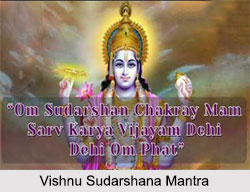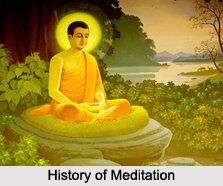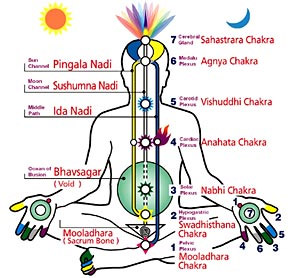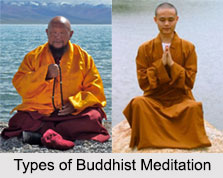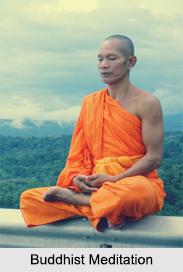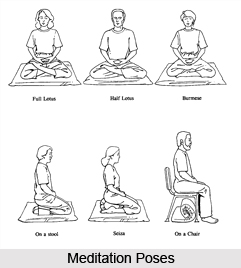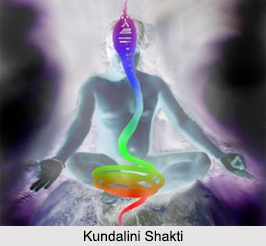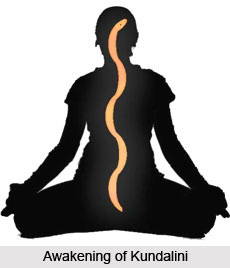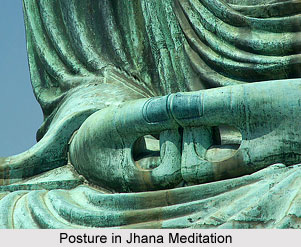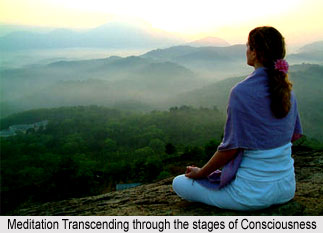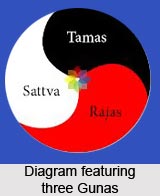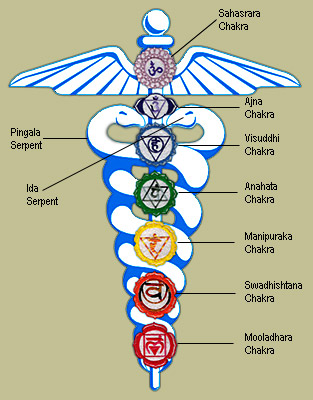 The Serpent Power is a symbol for Kundalini meditation and the halo above their heads indicate that their Kundalini have entered the Sahasrara. The umbrella made by the serpent power indicates protection.
The Serpent Power is a symbol for Kundalini meditation and the halo above their heads indicate that their Kundalini have entered the Sahasrara. The umbrella made by the serpent power indicates protection.
The individuals practicing Kundalini meditation are protected from pollution because of their completely awakened Kundalini. The snake above the head of the yogi indicates that it is filled with Amrita, and if any disciple follows his yogi guru, he may attain that same Amrita, as well as the bliss of Nirvikalpa Samadhi.
Another implication of Kundalini as a Serpent Power is that as long as the serpent sleeps, the individual and his temporary personality can remain ignorant and healthy, but once the serpent rouses from her slumber, the yogi must either digest her venom or die. Therefore it is believed that if one has the strength to withstand the power of Kundalini, only then he should try out the Serpent Power. The nadis, chakras and gunas are intricately associated with the Serpent Power and also visible in the symbol in disguise.
This article is a stub. You can enrich by adding more information to it. Send your Write Up to content@indianetzone.com
